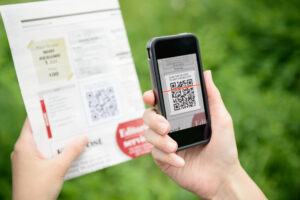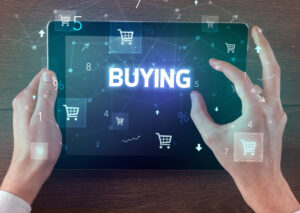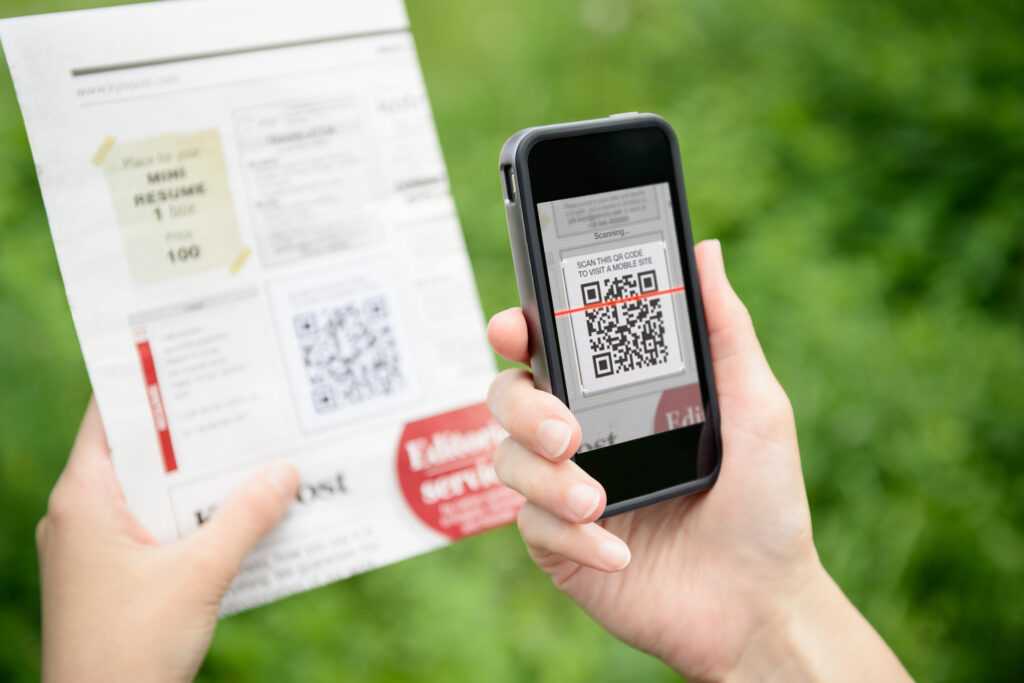
A relatively new buzzword making the rounds is “phygital” marketing, but is this concept new? The answer is not exactly.
Phygital marketing is a portmanteau combining the words physical and digital. The term describes traditional or physical marketing, like in-store ads, complemented by digital means, like online or app-based coupons. These techniques have been used in tandem for decades. For example, email marketing that bolsters print ads or QR codes included in direct mail campaigns.
While phygital is being used to describe long-existing marketing techniques, technological advancements have expanded the ways physical and digital marketing can work together. This synergy creates an immersive customer journey by seamlessly bridging gaps in modern shopping experiences. The result? Increased engagement, improved customer satisfaction and loyalty, and higher sales. Phygital marketing meets consumer demands for efficient, convenient, cohesive, and personalized experiences.
Who Is It For?
This cohesive marketing approach is beneficial across industries and organizations with a physical location and online presence.
-
Healthcare
Digital appointment check-ins at brick-and-mortar clinics provide a smoother experience, and wearable health devices tied to app data can save the lives of patients managing chronic illness.
-
Banking
In-branch kiosks tied to mobile apps for account management reduce wait times and allow customers to access their money anywhere.
-
Education
In-person campus events promoted via geofenced push notifications help students stay informed and improve participation.
-
B2B events
When individuals scan event badges embedded with near-field communication (NFC) chips at tradeshows, organizers can track attendance, control access, process payments, and accurately push out post-event communication. Additionally, QR codes attached to products and brochures can provide additional information to attendees who may otherwise not have time to wait in lines at busy events.
-
Retail
Click-and-collect stations allow customers to order online and pick up their items in-store. Interactive in-store displays use touchscreens or other interactive elements to provide product information and promotions. Mobile apps can help customers find items, check availability, or receive personalized offers in-store.
-
B2B
Augmented reality (AR) and virtual reality (VR) experiences help customers demo products or visual solutions in their workspace. Kiosks or QR codes replace the need to have physical brochures at tradeshow booths. Data collected from physical interactions, such as conferences, webinars, or sales calls, can tailor email messaging.
How to Incorporate Phygital Experiences
To integrate the phygital experience, it is imperative for businesses to focus on balance, seamlessness, personalization, permission-based opt-ins, timely follow-ups, and providing value to the customer instead of just a novelty experience. Research what target audiences want and need before taking any steps to integrate or revise phygital marketing.
Decision-makers can incorporate phygital marketing into business and marketing plans and ensure teams take responsibility for managing this transition, including cross-functional collaboration across teams. Brand consistency across channels is key, incorporating storytelling techniques and matching visuals on location and online.
Tracking engagement and results is critical to analyze return on investment (ROI) and determine if changes or improvements are needed to balance the physical and digital elements for enhanced results. Leveraging tracking tools and utilizing automation to coordinate marketing efforts are cost-efficient methods to ensure success in business goals. Artificial intelligence (AI) tools are powerful resources for streamlining efforts and synchronizing business channels.
The Future of Buying

According to Virtue Market Research, the phygital solutions market is projected to grow at over 11 percent CAGR from 2024 to 2030, when the market is expected to be nearly $53 billion USD. This proven marketing approach is becoming foundational to modern shopping. Businesses that fail to recognize the potential of new and emerging technologies to improve and complement existing physical infrastructure jeopardize their competitive edge in a rapidly evolving market.
Today’s tech-savvy consumers expect a seamless experience across all platforms—whether they’re engaging in-store, online, or through a mobile app. A cohesive, integrated experience not only strengthens brand loyalty but also drives customer satisfaction and long-term retention in an omnichannel marketplace.

